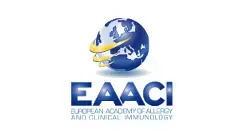
European Academy of Allergy & Clinical Immunology

European Academy of Allergy & Clinical Immunology (EAACI) Annual Congress 2019
European Academy of Allergy & Clinical Immunology (EAACI) Annual Congress 2019
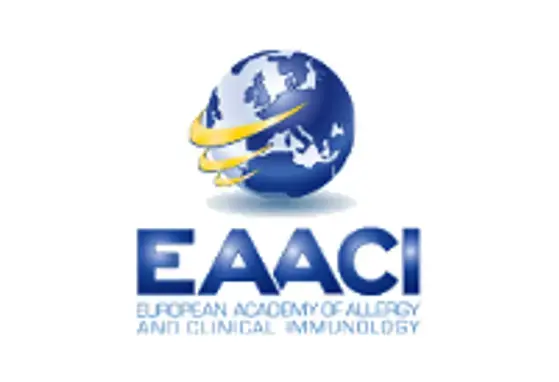
European Academy of Allergy & Clinical Immunology (EAACI) Annual Congress NHSc-led
European Academy of Allergy & Clinical Immunology (EAACI) Annual Congress NHSc-led
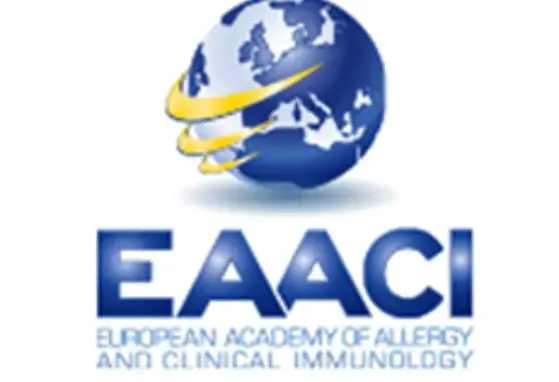
European Academy of Allergy & Clinical Immunology (EAACI) Annual Congress 2017
European Academy of Allergy & Clinical Immunology (EAACI) Annual Congress 2017
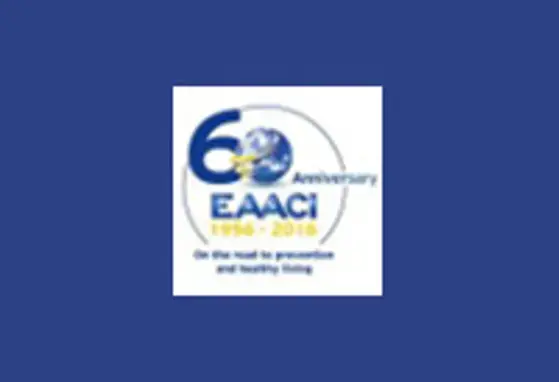
European Academy of Allergy & Clinical Immunology (EAACI) Annual Congress 2016
European Academy of Allergy & Clinical Immunology (EAACI) Annual Congress 2016
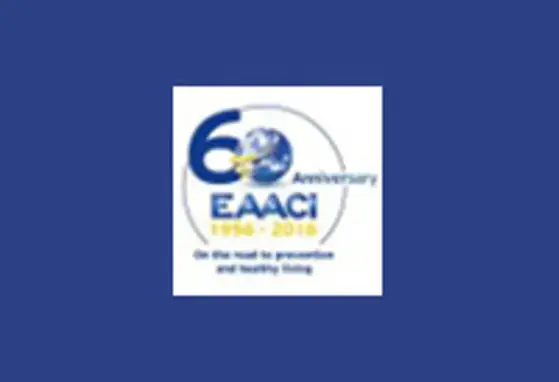
European Academy of Allergy & Clinical Immunology (EAACI) Annual Congress 2014
European Academy of Allergy & Clinical Immunology (EAACI) Annual Congress 2014
